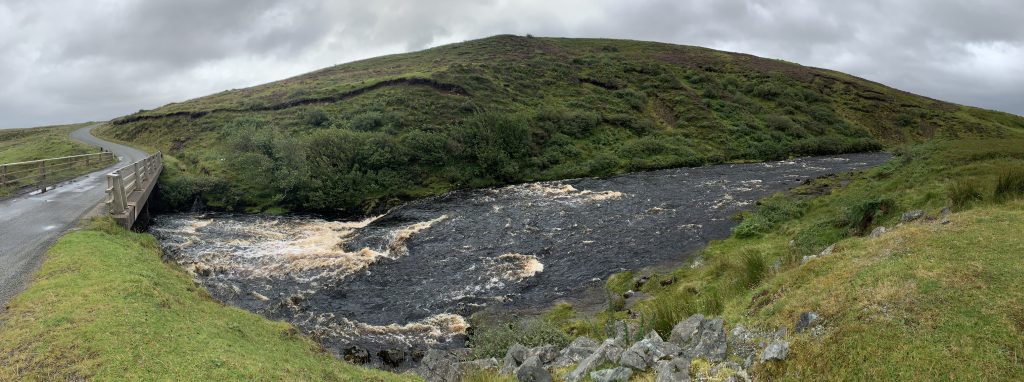
Mist, Myth, and Memory: My August 2019 Visit to Lephin, Isle of Skye
In August 2019, I found myself winding along the single-track roads of the Isle of Skye, the air thick with mist and the scent of heather. My destination was Lephin—a quiet crofting settlement tucked into the rugged landscape near Glendale, on Skye’s western edge. It’s not a place that appears on many tourist itineraries, but that’s precisely what drew me in. Lephin is a whisper of the past, a place where history lingers in the stones and the silence.
🏞️ Lephin and the Landscape of Glendale
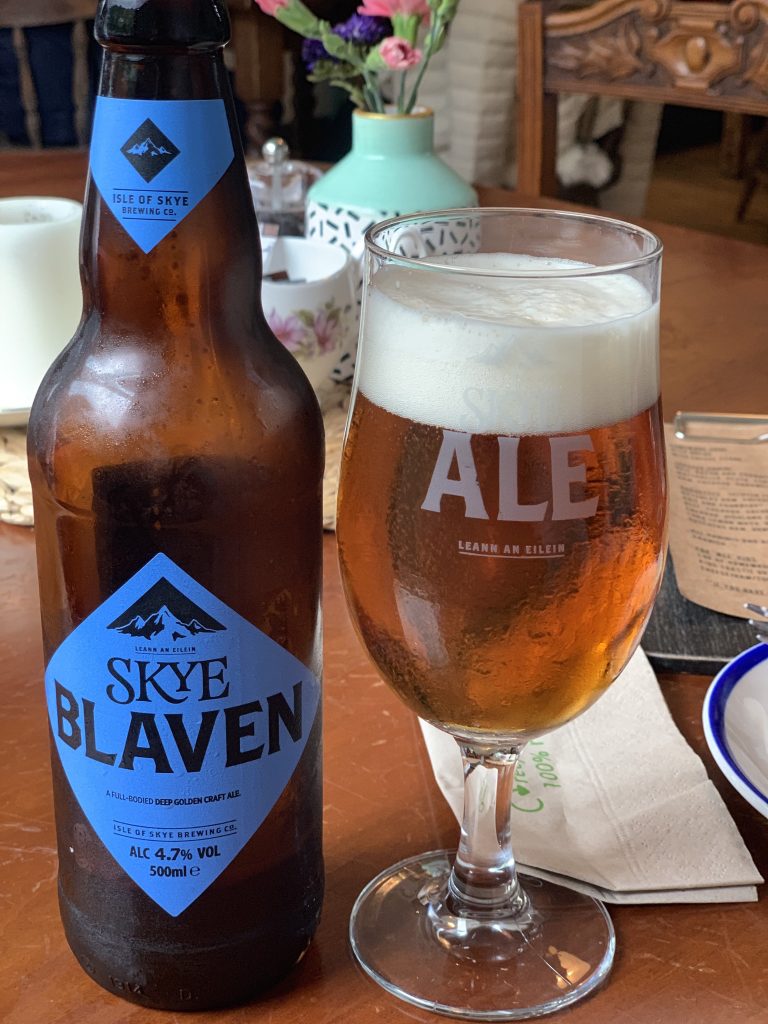
Lephin lies within the Glendale area, a region known for its dramatic coastal cliffs, rolling moorland, and deep cultural roots. The land here feels ancient—shaped by wind, water, and centuries of human resilience. In August, the hills were lush and green, dotted with sheep and the occasional Highland cow. The nearby Neist Point Lighthouse, perched on the edge of the sea, offered one of the most breathtaking sunset views I’ve ever witnessed.
Glendale itself played a pivotal role in the Highland Land Wars of the 19th century, when crofters—tenant farmers—rose up against unfair rents and land seizures. The Glendale Martyrs, as they came to be known, were jailed for their protests, but their actions helped spark reforms that reshaped land rights across Scotland.
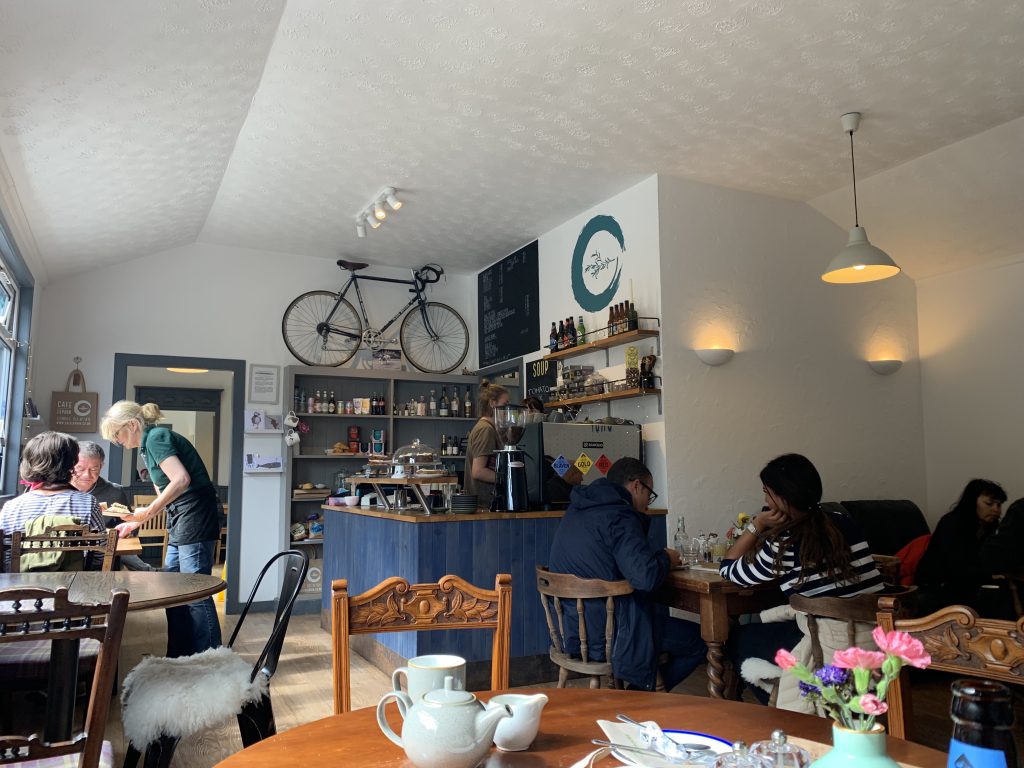
🛡️ Clans of Skye: MacLeods, MacDonalds, and MacKinnons
Lephin and the surrounding region are steeped in clan history. The dominant clan in this part of Skye is Clan MacLeod, whose ancestral seat is Dunvegan Castle, just a short drive from Lephin. The MacLeods have held Dunvegan for over 800 years, making it the oldest continuously inhabited castle in Scotland. Their motto, “Hold Fast,” seems fitting for a clan that weathered Viking invasions, clan feuds, and political upheaval.
Clan MacDonald also left its mark on Skye, particularly in the Sleat peninsula and northern reaches of the island. Descended from Somerled, the legendary Lord of the Isles, the MacDonalds were once among the most powerful clans in Scotland. Their rivalry with the MacLeods shaped much of Skye’s medieval history, with castles like Duntulm and Armadale bearing witness to centuries of conflict and shifting alliances.
Lesser-known but equally significant is Clan MacKinnon, whose members served under the Lords of the Isles and were later granted land on Skye by Robert the Bruce as a reward for loyalty during his fugitive years.
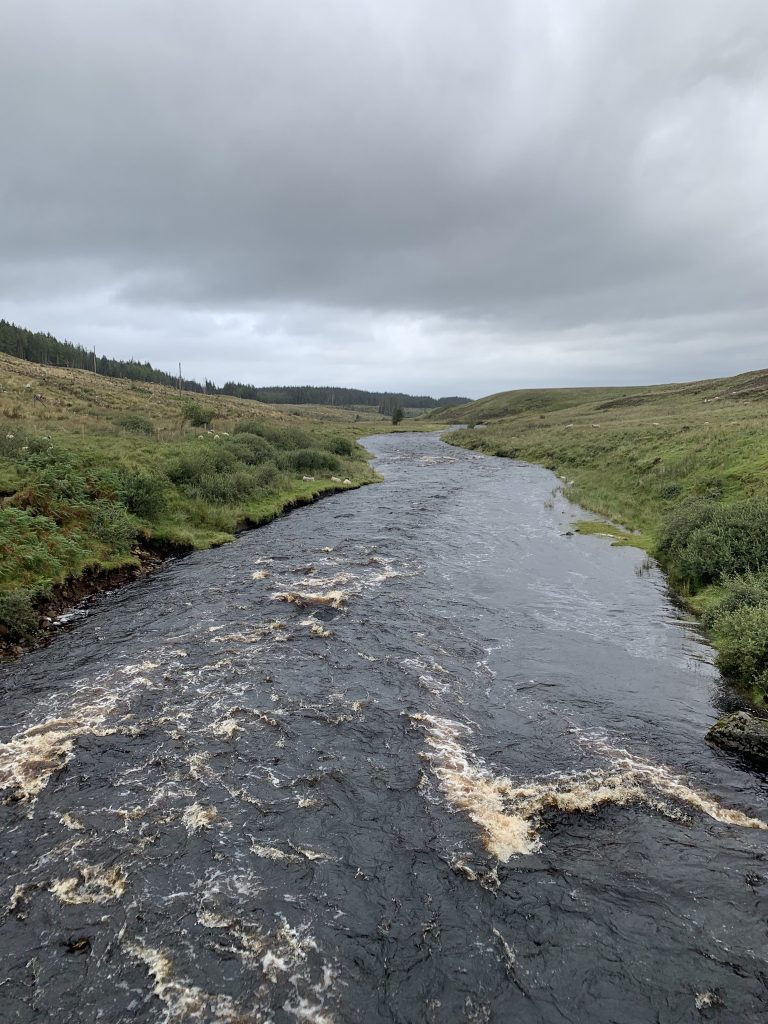
🏰 Echoes of the Past
The Isle of Skye is a tapestry of history, and Lephin is one of its quiet threads. Nearby, you’ll find ancient brochs—circular stone towers built over 2,000 years ago, possibly for defense or status. Dun Beag, one of the best-preserved brochs on Skye, is just east of Lephin and offers a glimpse into Iron Age life.
The area also bears scars from the Highland Clearances, when many crofting families were forcibly evicted to make way for sheep farming. Lephin, like much of Glendale, became a symbol of resistance and survival. Walking through the fields, I felt the weight of those stories—of families who fought to stay, of traditions that endured.
My visit to Lephin in August 2019 was a journey into the soul of Skye. It’s a place where the land speaks, where clan histories echo in the hills, and where the past feels just a breath away. If you ever find yourself on the Isle of Skye, take the road less traveled. Lephin won’t shout for your attention—but it will stay with you long after you’ve gone.
Sources: Isle of Skye History Scotsman: Isle of Skye Clans Discover Britain: Clan History of Skye
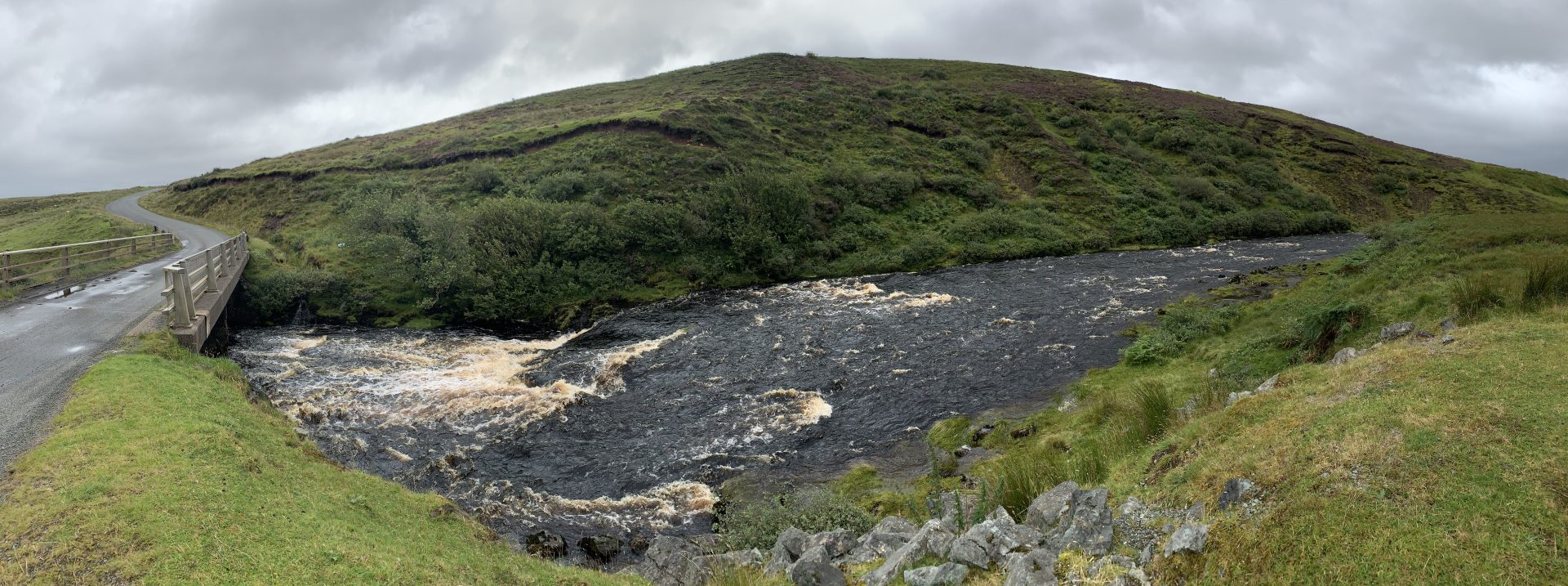
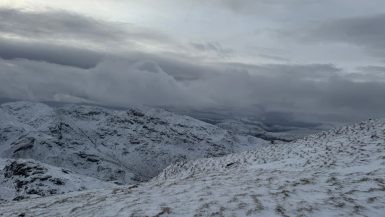
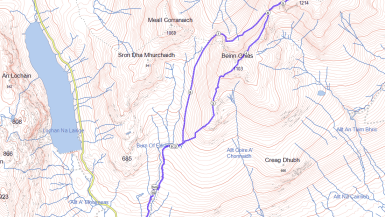
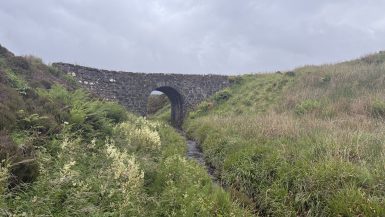
Leave a reply
You must be logged in to post a comment.